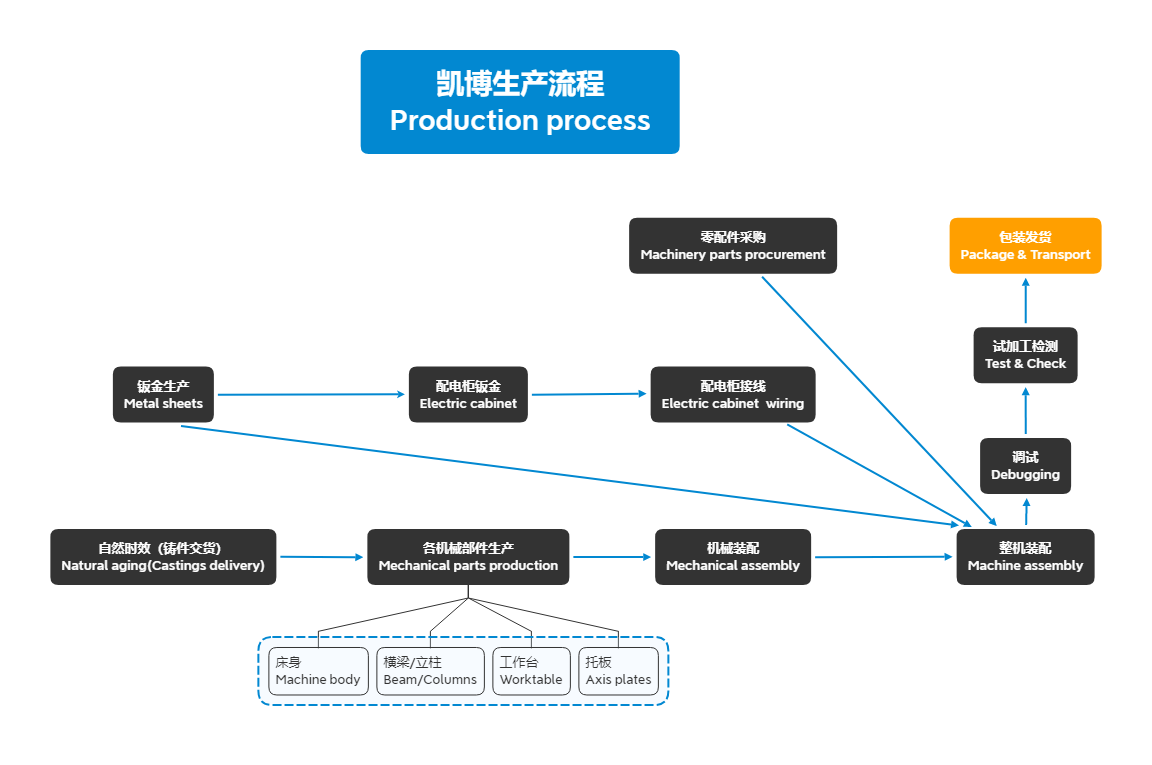
As a manufacturing engineer or programming professional, you're constantly seeking ways to enhance the efficiency of complex part machining. This guide is tailored for you, offering in - depth knowledge and practical tips on 5 - axis machining programming.
Let's start with the fundamental logic of 5 - axis machining programming. Coordinate system transformation is the cornerstone. By changing the coordinate system, you can position the part accurately, which is crucial for complex machining. For example, when machining an impeller, a proper coordinate system setup can reduce the programming complexity significantly. You can visualize this with a coordinate system diagram (as shown in the figure below).

Next, we move on to tool path planning. Optimizing the tool path can improve the surface finish and reduce machining time. You need to consider factors such as the cutting speed, feed rate, and the shape of the tool. During this process, interference checking and simulation verification are essential steps. They help you detect potential collisions and errors before actual machining, saving time and resources.
Graphite and other non - metallic materials have unique characteristics that affect programming strategies. These materials are prone to thermal deformation during machining. Therefore, you need to control the heat generation by adjusting the cutting parameters. Also, due to their relatively low hardness, proper tool selection is crucial to avoid excessive wear. For instance, using a diamond - coated tool can improve the machining quality of graphite materials.
Let's look at some real - world examples. When machining an impeller, the blade shape and the curvature require precise programming. By following a step - by - step process, you can ensure the accuracy of each blade. Similarly, for mold cavities, the surface finish and dimensional accuracy are critical. We'll walk you through the programming process for these typical complex parts, providing detailed explanations at each stage.
Most 5 - axis machining programming is done with the help of CAM software. Different CAM software has its own settings and features. We'll cover the key points of setting up mainstream CAM software, such as how to configure the machine parameters, define the tool library, and generate the NC code. Additionally, we'll share some common mistakes to avoid, like incorrect post - processor selection, which can lead to machining errors.
To improve efficiency and the first - time success rate, it's essential to build a standardized programming process. This process includes steps from initial part analysis to final program verification. By following a standardized process, you can reduce the programming time by up to 30% and increase the first - time success rate by 20%.
Q: What is the most challenging part of 5 - axis machining programming?
A: Many programmers find coordinate system transformation and interference checking the most challenging. However, with practice and proper understanding, these can be mastered.
Q: How can I choose the right CAM software for 5 - axis machining?
A: Consider factors such as the complexity of your parts, the compatibility with your machine, and the learning curve of the software. Some popular CAM software options include Mastercam, Siemens NX, and HyperMill.
Q: Can I use the same programming strategy for different materials?
A: No. Different materials have different properties, so you need to adjust the programming strategy accordingly. For example, graphite requires different cutting parameters compared to metals.
Now, we'd like to hear from you. What specific challenges have you faced in 5 - axis machining programming? Share your experiences in the comments below, and let's discuss solutions together.
To put your new - found knowledge into practice, the Kaibo CNC FH855L RTCP 5 - axis vertical machining center is an excellent choice. It supports efficient 5 - axis programming and can help you achieve high - quality machining. Click here to learn more about this powerful machine.

